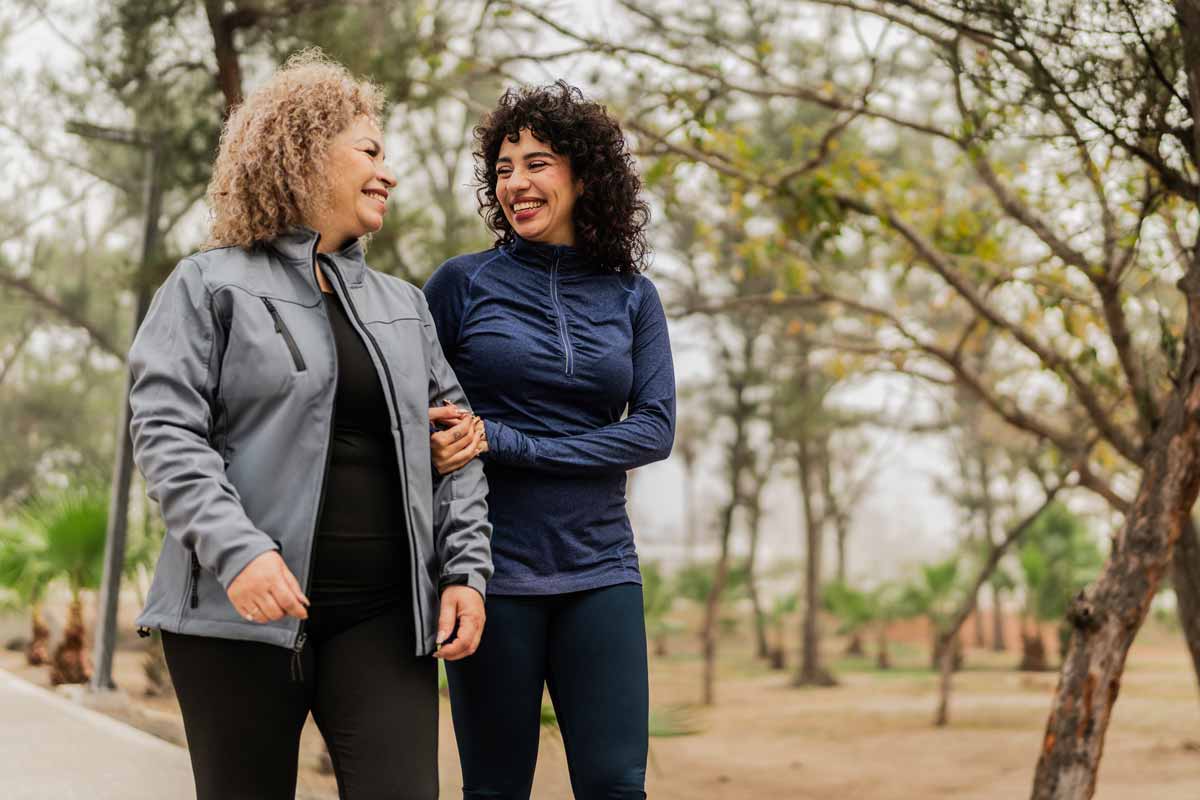A pause from regular walks can sap balance, strength, and stamina, so the comeback needs care. A doctor of physical therapy, exercise physiologist, and VP at Gait Happens explains a simple path that restores rhythm while protecting joints. Six targeted moves rebuild confidence step by step. These exercises support posture, reduce fall risk, and make the first outings feel steady again. You start at home, progress safely, and return to walking with ease.
Why rebuilding the basics matters for a safe return
Time off happens because of illness, injury, or life, and the body adapts. Strength fades, balance wobbles, and stamina drops, so everyday walking feels harder than before. A calm plan, built on simple moves, helps you regain control fast while keeping strain low and confidence high.
Milica McDowell, doctor of physical therapy and VP of operations at Gait Happens, shares clear guidance. She notes that you can prepare the body before the first outdoor step, because rehearsal teaches alignment and timing. Practiced in a small space, these drills restore steady motion while easing stiff hips, knees, and ankles.
These exercises also rebuild trust in your body. Progress starts with support, then shifts to free movement as control returns. Short sessions fit any schedule, and steady practice brings back a natural gait. You feel grounded, your stride smooths out, and everyday tasks begin to feel simple again.
How preparatory exercises reset rhythm, posture and gait
The single-leg swing sets the tone. While one foot moves, the other must balance, and that mirrors real walking. As the leg swings, the arms move and the pelvis rotates a little, so the brain relearns cadence. Done near a counter, the drill stays safe while rhythm quietly returns.
Arm swing work unlocks the torso. People who have been immobile often tighten up, and tightness breaks the flow, so falls become more likely. Standing tall, let the arms swing while the chest and ribs rotate gently. That easy motion links feet, core, and shoulders, and the gait pattern feels natural again.
Small steps beat big leaps, so you build control layer by layer. Start supported, then reduce the grip as balance grows. A few slow reps teach alignment better than many fast ones, and that protects joints. With patience, these moves restore timing, so outdoor walks feel smooth, not forced.
Sit-to-stand and calf raises that power each step
Sit-to-stand trains the muscles used in walking. Press your feet, hinge forward, and stand tall, then control the return. Mini squats with a countertop work too, because they meet you where you are. These patterns mirror daily life, so they carry over quickly to stairs, chairs, and curbs.
Calf raises build propulsion. Hold a counter, rise onto the balls of the feet, pause, then lower slowly. Strong calves push the body forward, so climbs feel easier and strides feel springy. People who struggle with stairs or getting up often feel better after consistent practice, because power returns.
Link strength to purpose so each rep matters. Keep knees soft, ribs stacked, and eyes level. Breathe steadily as the heels rise, and match pace to control. One mention matters here: these exercises prepare you to walk longer without wobble, because strong legs and steady posture share the workload.
Balance work, progression and confidence for real-world walking
During the walking cycle, you stand on one leg about 40% of the time, according to McDowell. That is why single-leg balance training matters. Begin with both hands on a counter, shift weight side to side, then pause on one leg. The drill is simple, steady, and surprisingly effective.
When balance history includes fear or falls, progress kindly. Keep a fingertip on support while the standing foot grips the floor. Micro-shifts teach the ankle and hip to talk again, so small muscles wake up. As stability grows, reduce contact, then add a few seconds of eyes-forward balance.
Confidence beats bravado, so set tiny wins. Five calm holds beat one shaky stand, because quality teaches control. Add soft knee bend, and feel the foot tripod: heel, big toe, little toe. This paragraph includes exercises deliberately, linking skill to safety, so your body trusts every quiet pause.
Big toe strength and home exercises that cut fall risk
Big toe strength predicts fall risk more than most expect. Sit barefoot and press the big toe down like a small gas pedal. Keep other toes relaxed, hold, then release. That subtle press anchors push-off, so each step drives forward cleanly. Precision matters, and gentle repetition works best.
Progress to standing only when seated control feels easy. Stand tall near a counter, press the big toe while breathing evenly, then let it rest. This drill stabilizes the forefoot, so the arch supports the knee and hip better. The chain feels solid, and the stride gains quiet power.
Tie the pieces together for daily life. Single-leg swing, sit-to-stand, calf raise, balance work, arm swing, and big toe press form one complete circuit. Add one more mention with care: these exercises build a safer gait while keeping effort realistic, so you return to walking without rushing the process.
What consistent practice delivers when walking feels new again
A gentle routine turns caution into ease. You rehearse at home, then step outside with a calmer body and a clearer mind. The plan respects limits while building power, so your stride grows secure. One final, measured reminder: these exercises help you walk again with strength, rhythm, and real confidence.
